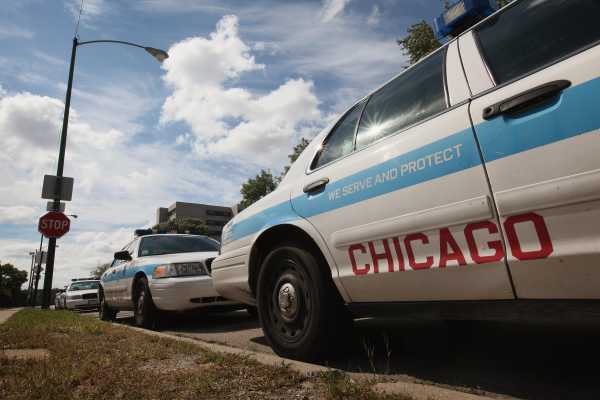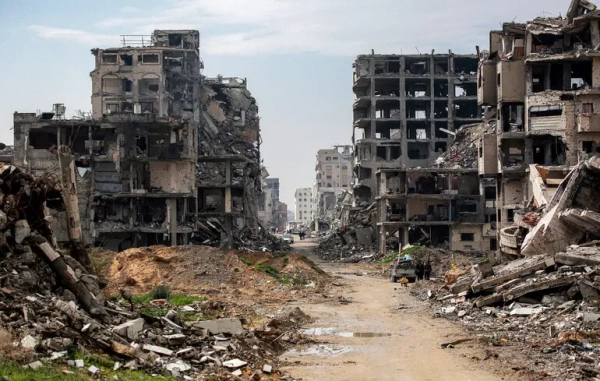
Crime and murder rates generally declined in the US’s 30 largest cities in 2017, following two years of sharp increases in the murder rate nationwide.
According to a new report by the Brennan Center for Justice, the overall crime rate fell in the 30 largest cities by 2.1 percent compared to 2016, the violent crime rate by 1 percent, and the murder rate by 3.4 percent.
“Large decreases in Chicago and Houston, as well as small decreases in other cities, contributed to this decline [in the murder rate],” researchers Ames Grawert, James Cullen, and Vienna Thompkins wrote.
One caveat to the findings: Murder rates in some US cities, including Chicago, remain elevated compared to a couple of years ago. “The murder rate in Chicago, which increased significantly in 2015 and 2016, declined by 12.3 percent in 2017, but remains more than 60 percent above 2014 levels,” the report found.
And some cities, including Philadelphia, Indianapolis, and Baltimore, did see increases in the murder rate in 2017. This kind of local variance and fluctuation is typical in US crime statistics: Even as national trends head in one direction, that doesn’t mean all cities and states always follow the same path.
The report updated Brennan’s preliminary findings from December, broadly reaching the same conclusions.
The full official numbers for the entire US, compiled by the FBI, will come out later this year. Generally, though, Brennan’s reports have done a good job predicting national trends in the past few years.
And the news, overall, is good.
The past two years of increases may have been blips
The past two years’ increases in the murder rate got a lot of attention, with President Donald Trump and Attorney General Jeff Sessions often bringing them up in speeches to justify “tough on crime” policies. But before they’ve been able to implement such policies and let them take root (especially in local and state jurisdictions, where federal policymakers have very limited power), these rates appear to be coming down.
Criminologists still aren’t sure why murder in particular appeared to spike so much in 2015 and 2016. Some argued that there might have been a “Ferguson effect,” named after the city in Missouri that exploded into protests over the police shooting of Michael Brown: Due to protests against police brutality over the past few years, police were, the theory goes, scared off from doing proactive policing, emboldening criminals.
Other experts argued a different kind of Ferguson effect: Widely reported incidents of police brutality and racial disparities in police use of force led to elevated distrust in law enforcement, which makes it much harder for police to solve and prevent crimes.
Yet many criminologists cautioned that it’s also possible the two years’ increases were blips in the data, not a new long-term trend. This isn’t unprecedented; in 2005 and 2006, the murder rate in the US increased before continuing its long-term decline — to new record lows — in the ensuing years.
Since the murder rate in particular is generally low, it’s prone to big statistical fluctuations. As one example, Brennan found that Las Vegas saw a 23.5 percent spike in its murder rate last year, but that was due to the mass shooting at a country music concert there that killed 58 people. A single event, albeit a very bad one, led to a dramatic shift in the murder rate.
That’s why criminologists generally demand several years of data before they declare a significant crime trend.
It now looks possible — though we’ll need more years of data to confirm — that 2015 and 2016 were replays of 2005 and 2006. If that holds, then perhaps the US isn’t in the middle of the “American carnage” that Trump warned about.
For more on what works to combat crime and violence, read Vox’s explainer.
Sourse: vox.com






